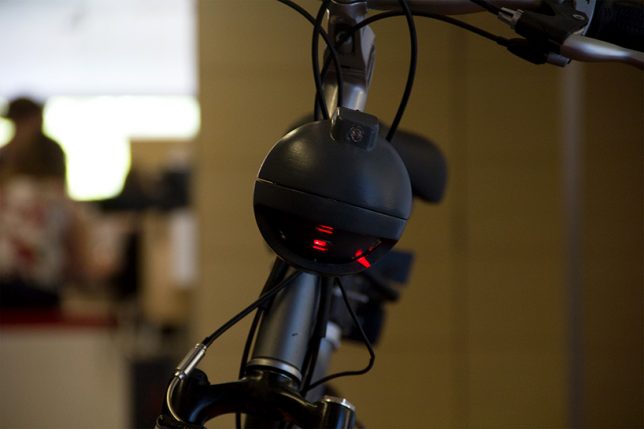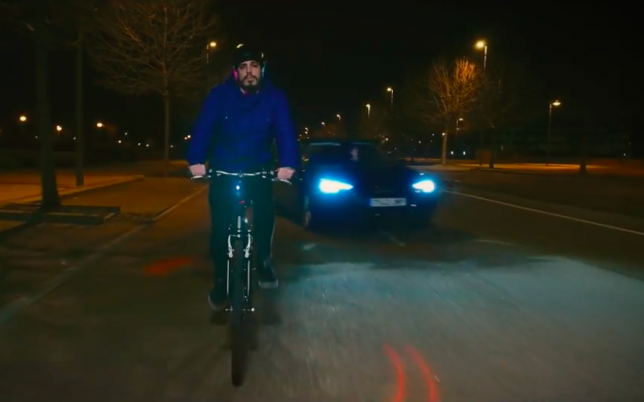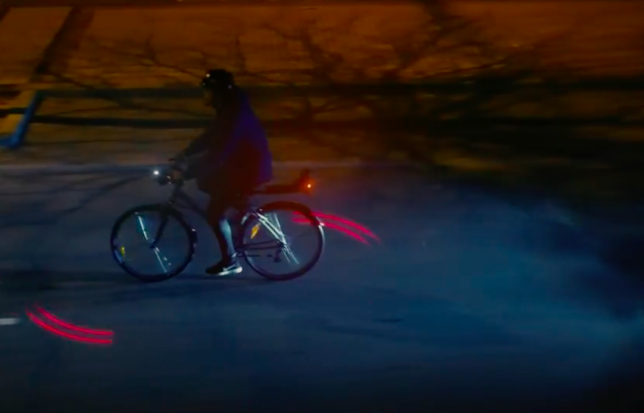The post How to Use a Photography Ring Light in Unconventional Ways appeared first on Digital Photography School. It was authored by John McIntire.

With a ton of options on the market, adding a ring light to your kit has never been cheaper.
Continuous photography ring lights seem to be everywhere nowadays. There are dozens of offerings from dozens of companies that you can choose from, and they are popular with photographers, make-up artists, and videographers. The main use of a ring light is on-axis lighting for an even, somewhat flat exposure.
However, what do you do if you don’t like that effect or the distinctive ring-shaped catchlight for that matter? Because these lights are continuous, and because of their size, they have more uses than ring flashes of the past. If you don’t like the straight-on effect, you don’t have to use a ring light in that way.

In normal use, you would place the light directly in front of your subject and shoot through the aperture of the light.
This article demonstrates six uses of a continuous ring light that isn’t their intended use. It will also (hopefully) show you that these relatively cheap and effective lights are useful to have for any photographer in the studio.
Normal use

While not to the taste of many photographers, ring lights can be used to create bold and vibrant images.
If you’re unfamiliar, a ring light is a circular, ring-shaped light with a large aperture designed to be placed directly in front of a subject. You then take your images by positioning your camera through the aperture of the ring.
Traditional ring flashes had the light attached to the camera. This front (on-axis) lighting provides an evenly lit image. This is one of those things that you either love or hate, but photographers who love it tend to really love it.
Versatility
With the continuous versions of these lights, you have a wealth of options with how to use a ring light. Because the light is always on, you can position it anywhere you want. With a lot of the options on the market, this gives you a high-powered, lightweight and versatile continuous light for around $ 100.

Because of the brightness of a continuous ring light, your subject’s pupils will be constricted, allowing you to see more of the color in their eyes.
Here’s a bonus if you’ve never used continuous lights before. Because the output is constant, your portrait subject’s pupils get constricted. This means you will see more of the color of their eyes in your photos.
Options
Below are five examples of ways you can use a continuous ring light to great effect without ever using it as a ring light.
1. As a normal light

Placed at a 45-degree angle and angled downwards, these ring lights work well as normal light source.
Despite its circular shape, ring lights are great when used as a normal light. Raise the light and angle it towards your subject to distort the effect the shape of the light has, and you can use it as a small softbox. You’re not limited to how you can light your subject this way, but I’ve found that all of the basic lighting patterns work well.


You are not limited to the shape of the ring. Use flags to block off portions of the light to shape it however you want.
If you have more than one ring light, you can use them together to create just about any two-light setup that you can imagine. If the ones you have have an adjustable output, managing your key to fill ratios should be pretty easy.
2. As a prop

Having your subject pose with the light itself can create some interesting and fun portraits. It can also help to lighten the mood during a session.
If you have an LED ring light, they don’t get very hot. Feel free to have your subject pose with the light itself for some very different images. The results will vary with ring lights of different sizes, and you have to worry about the plug and the cables, but it’s still a fun technique. Though you probably won’t use it very often thanks to its tendency towards uplighting.
3. As ambient fill

Modern ring lights are getting quite powerful and it is more than possible to use them as fill lighting in conjunction with studio flash.
You can mix any continuous light with studio flashes for some interesting effects. By using a strobe as your key light, you can then bring a ring light in for some gentle fill.

A couple of things that you will want to keep in mind is that your strobes are probably way more powerful than your ring light, so set the power accordingly. Also, you will probably want to have a ring light with an adjustable color temperature if you are going to be mixing light sources.
You could also reverse this and use the ring light as key and flash as fill. As before, make sure the power on your strobes goes down that far before committing to this.
4. As a compositional device

Putting the light behind your subject creates an interesting tool for composition. Also, it may just be me, but I love that rim light that it is producing.
In its normal use, I am a fan of creating a composition with the actual ring light framing the subject. I just like it for whatever reason. However, you are not limited to that. You can place the ring light anywhere in your frame for some cool effects. Try placing one behind your subject for a halo effect, or placing one at an angle just inside your frame for a curved band of light running through the composition.
5. Dragging the shutter

When you’re mixing a ring light with studio flash, it opens the door to some interesting techniques like dragging the shutter. Here, flash is acting as fill and the shutter speed is set to 1/15th of a second.
This is similar to using the ring light as ambient fill, but if you use your strobe normally, you can expose for the high-powered strobe and the low-powered ring light by dragging the shutter.

This technique is not for everyone, but it can produce some interesting results.
A little warning: if you’re a technically-minded photographer, you’re probably going to hate this technique, as the results tend to be a little soft. However, it can be used for some striking results. If you do like it, you still have to be careful with controlling the movement of your camera.

You do have to manage any movement in your camera while using this technique. If in doubt, use a tripod.
Because the power output on your flash is not in any way controlled by shutter speed, you can set your shutter speed as slow as you need to make this work. However, you may want to use a tripod for really slow shutter speeds. This technique can provide some cool effects in its own right, but no two attempts are going to be the same.
That’s it
There you have it. That’s six ways that you can use a continuous ring light without ever having to use it as a ring light. Considering how cheap these things are, they are a very useful tool for any photographer who wants to get into off-camera lighting but for some reason is put off by flash.
Do you have other ways that you use a ring light? Please share with us in the comments below.

The post How to Use a Photography Ring Light in Unconventional Ways appeared first on Digital Photography School. It was authored by John McIntire.


































You must be logged in to post a comment.